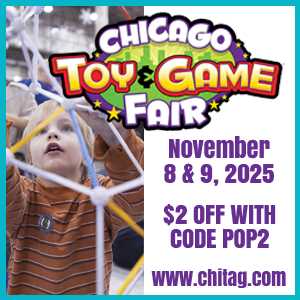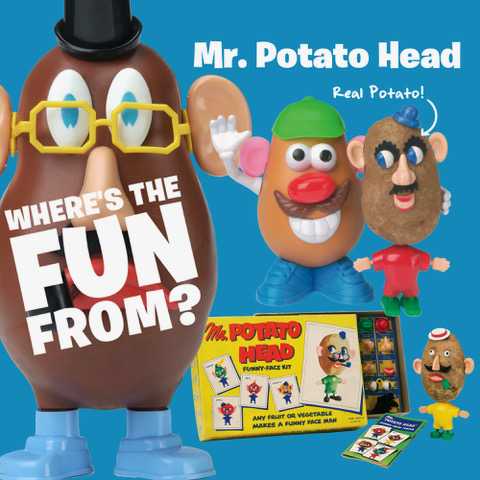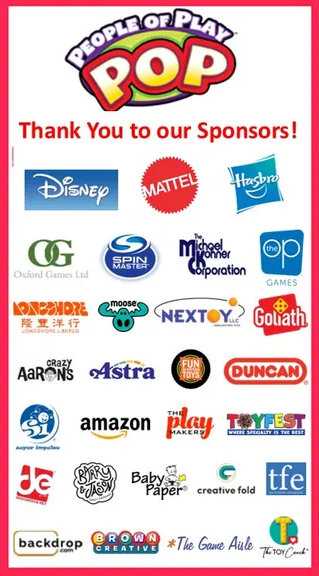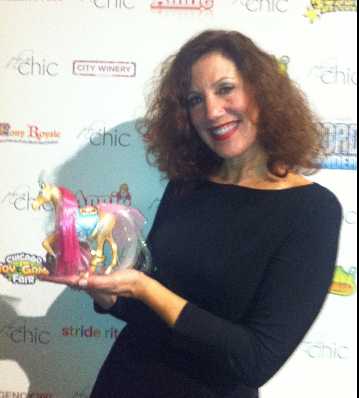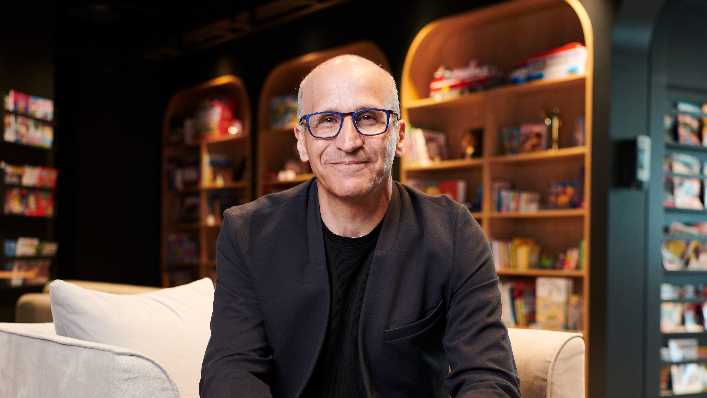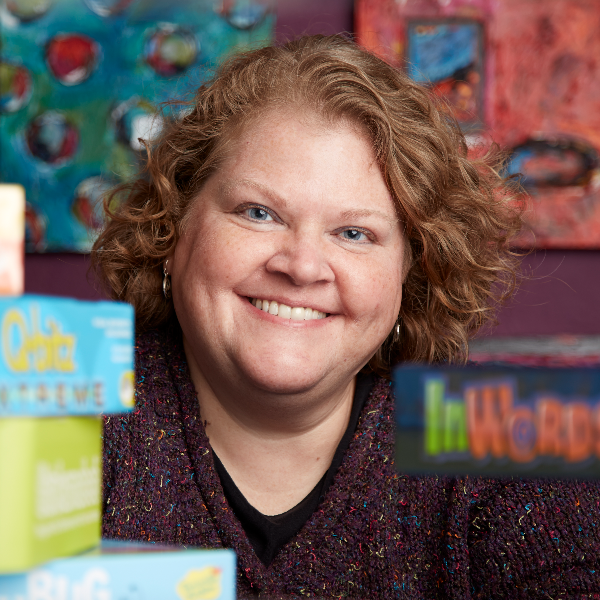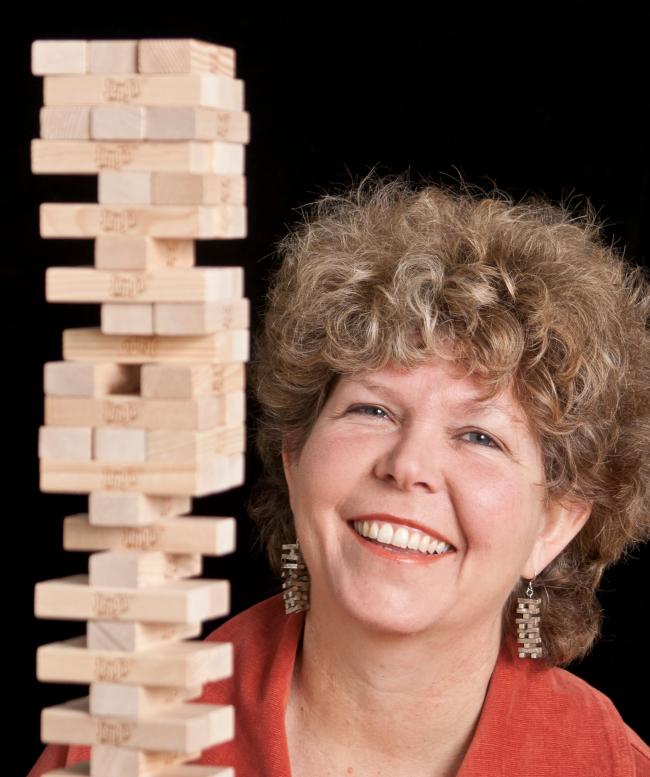Can We Talk About Pleasure?
By Nancy Zwiers
What gives us pleasure?
One of the defining aspects of play is that it is never done for some extrinsic reward; rather we play for intrinsic reward—namely, emotional pleasure. Play is its own reward, not done in service of another goal. But did you know that there are actually two types of pleasure? And the toy industry excels at both types of pleasure when it succeeds in its mission to deliver play value.
Usually when we think of pleasure, we think of the most commonly understood type: “consummatory pleasure.” This type of pleasure occurs when we feel good after consuming something, like chocolate cake or a glass of fine red wine. But consummation can refer to any type of outcome, even one that we don’t eat or drink…and that is where play comes in. When we play, we experience consummatory pleasure. Play value is all about engendering consummatory pleasure.
The second kind of pleasure is common and yet it sometimes bypasses our conscious awareness of being inherently pleasurable…even though our brains know better. This type of pleasure is called “anticipatory pleasure.” Think about a recent vacation you took: yes, you had pleasure while on the vacation, but your anticipation of the vacation was itself pleasurable.
When you can maximize both kinds of pleasure, it’s a double whammy. When you receive a gift, you experience anticipatory pleasure, first as you gaze upon the wrapped gift and then, as you unwrap the gift…we gift wrap to turbo-charge the emotional pleasure of receiving a gift. And the longer you draw out anticipation, the greater the pleasure (Did you ever receive a present that was like Russian nesting dolls, with successively smaller packages to unwrap?).
Anticipatory pleasure has taken center stage in the toy industry in recent years. Blind bags/boxes have long been a thing, but now, as the industry leans in to this powerful source of pleasure, this segment has become huge.
When I led global marketing for Mattel’s Barbie brand in the 90’s, we knew that “secrets and surprises” were a great source of “cheap thrills,” that is, excitement that didn’t cost a lot to deliver. When we orchestrated the relaunch of Polly Pocket in 1999, we knew that we needed to retain the brand’s promise of miniature reality full of secrets and surprises. In doing so, we were able to resurrect a brand given up for dead.
Spin Master escalated the game by making a high-end product which put anticipatory pleasure at the center of its value proposition. We aligned on the concept that “anticipation and surprise” was the DNA of the brand. As CMO, working with the brand team, we knew the marketing campaign had to embody this DNA. Hence, we created a street date (Hatchimals Day) to build anticipation. We put placeholder boxes on shelf heralding “coming soon.” We aired a two-part teaser campaign in the weeks prior to product hitting shelves. From that first weekend, the pent-up demand we consciously created caused sales to take off like a rocket. Invoking the full power of anticipatory pleasure allowed us to smash our sales targets, save millions in marketing spending at the height of holiday season, and sell massive amounts of $54 product that following spring.
MGA took note and further pushed the envelope. The LOL Surprise tagline was masterful: “7 Layers of Surprise!” The marketing campaign centered around unboxing videos embodied that promise to a tee.
With the back-to-back hits of Hatchimals and LOL, the industry took note and we’re delivering on anticipatory pleasure more than ever before…in products, content, and marketing.
As powerful as anticipatory pleasure is, consummatory pleasure is necessary to create a long term, or even evergreen, brand. As an industry, we have work to do here. In 2011, working with the prominent research company, The Michael Cohen Group, the Play Con team did a study on how long kids played with their holiday gifts in the first few weeks after receiving the toys. The results were sobering: parents reported 42% of the toys were never used and 33% were used occasionally. Only 19% of toys were played with continuously in the first weeks following receipt.
Within the next several weeks, my company, Funosophy, and The Michael Cohen Group will be releasing a follow-on study measuring play value 10 years after that initial study. Did we improve?
Stay tuned and find out….oooh the anticipation!
Recent Blogs
Recent Blogs
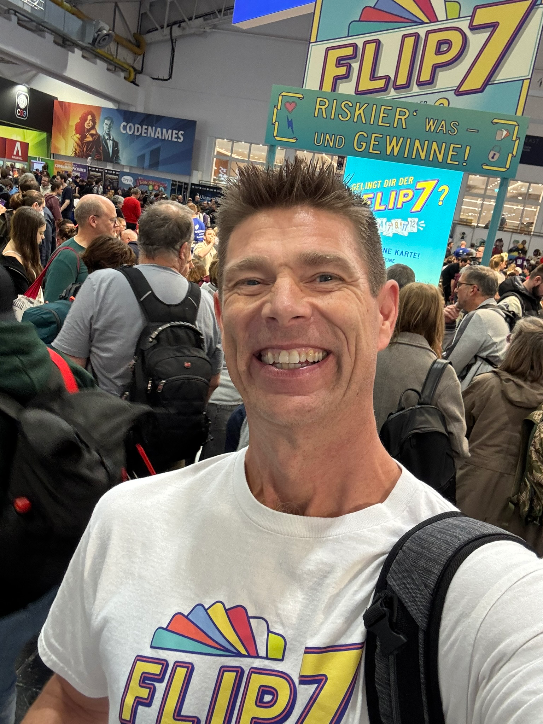
Biographies and Interviews
Catching up with Eric Olsen, The Inventor of Flip 7 and Co-Creator of Messy Table Games
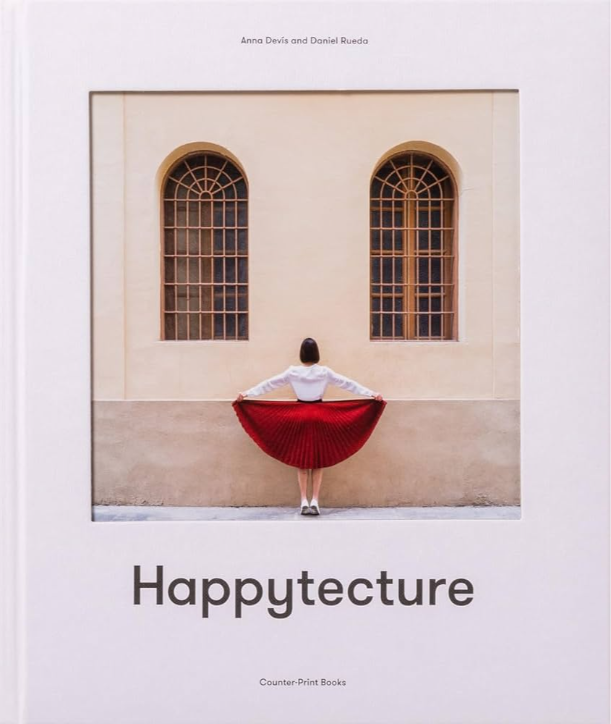
Reviews
Book Review: Happytecture by Anna Devís & Daniel Rueda

Biographies and Interviews
From Stage Lights to Game Nights: McMiller’s David & Julian on Shark Tank (Dec 10th), Viral Success & Building a Business With Your Husband
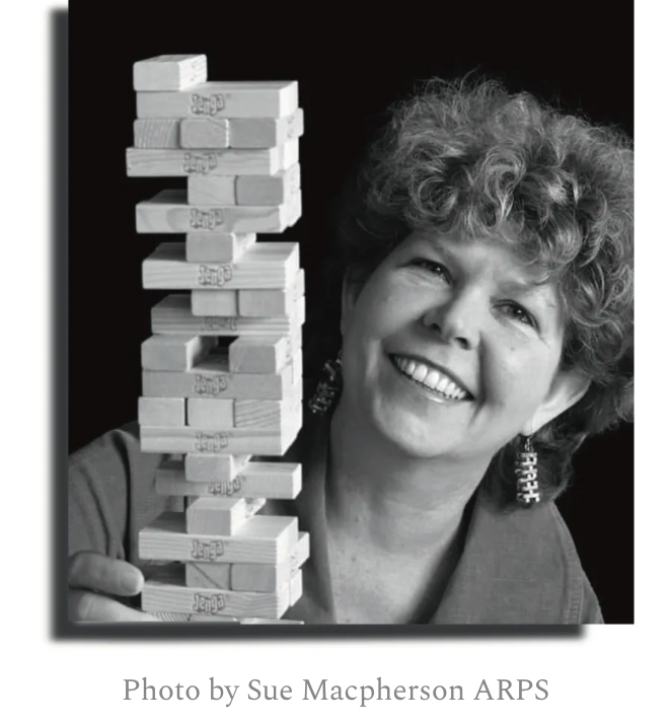
Press Release
Leslie Scott (creator of Jenga) announces the launch of BOUNDLESS PLAY

Press Release
New Study Highlights the Importance of Shopping from Trusted Toy Brands & Retailers this Cyber Monday
See more
Recent Wiki
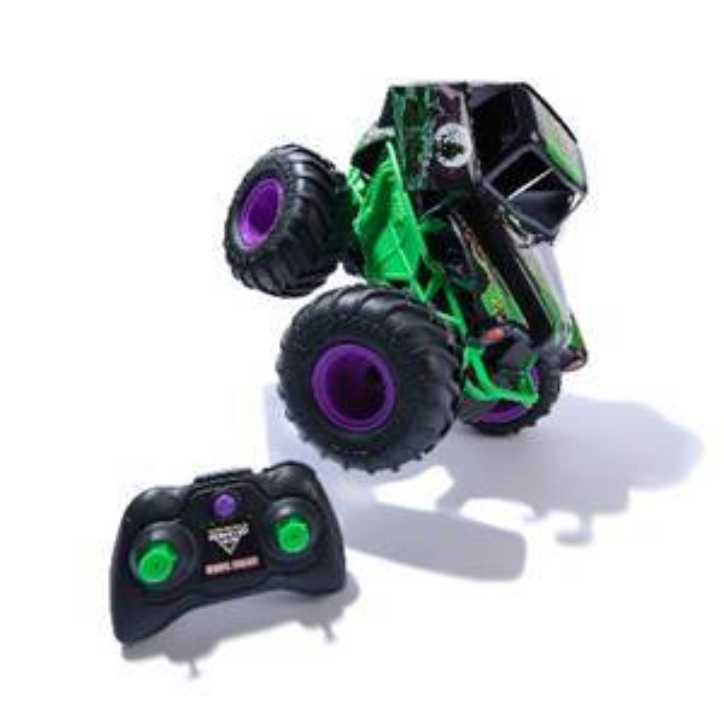
BOOK REVIEWS
Toy Review: Monster Jam Smash & Bash Grave Digger Monster Truck
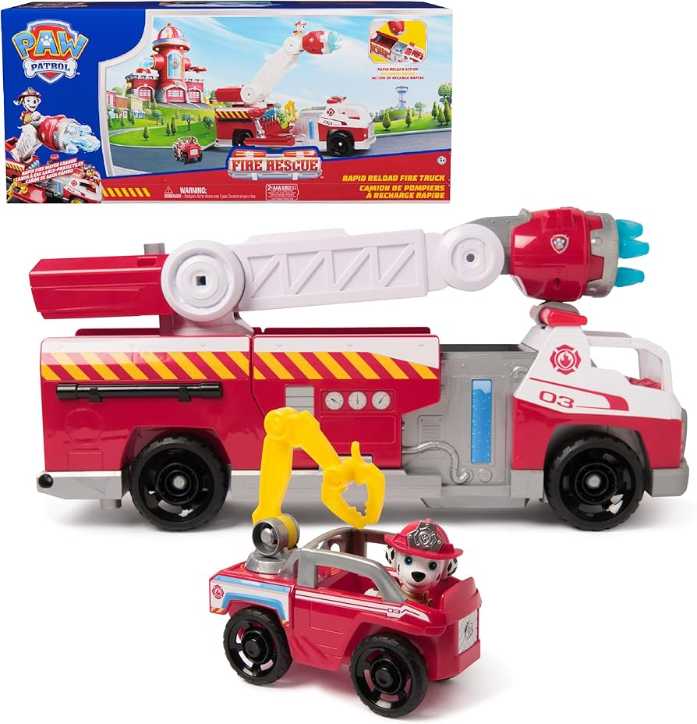
BOOK REVIEWS
Toy Review: Marshall's Rapid Rescue Fire Truck
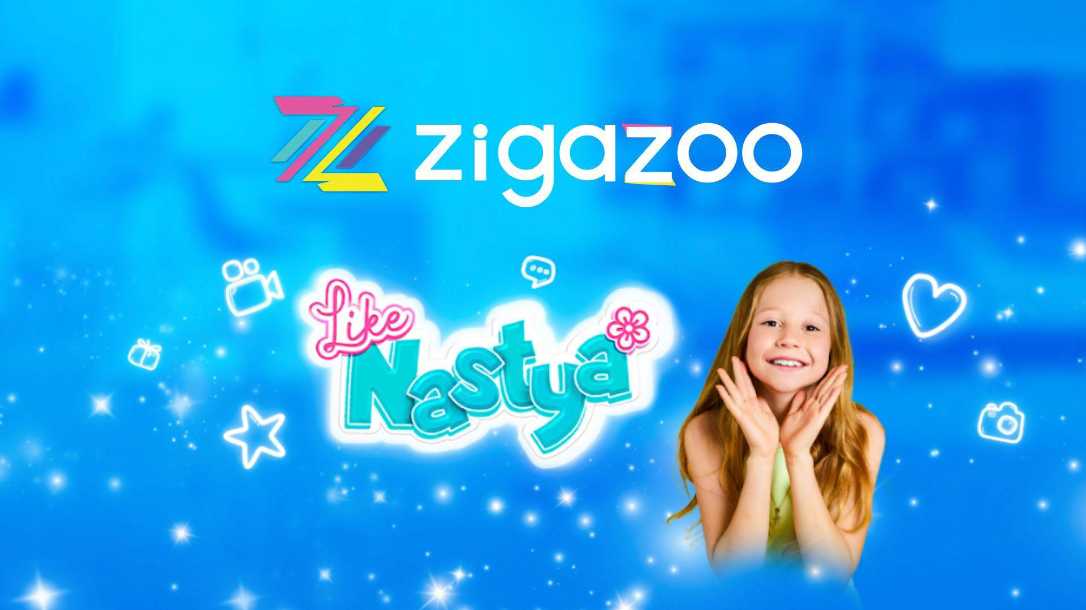
COMPANIES
Zigazoo Secures Partnership with YouTube Star Like Nastya to Inspire Millions of Kids
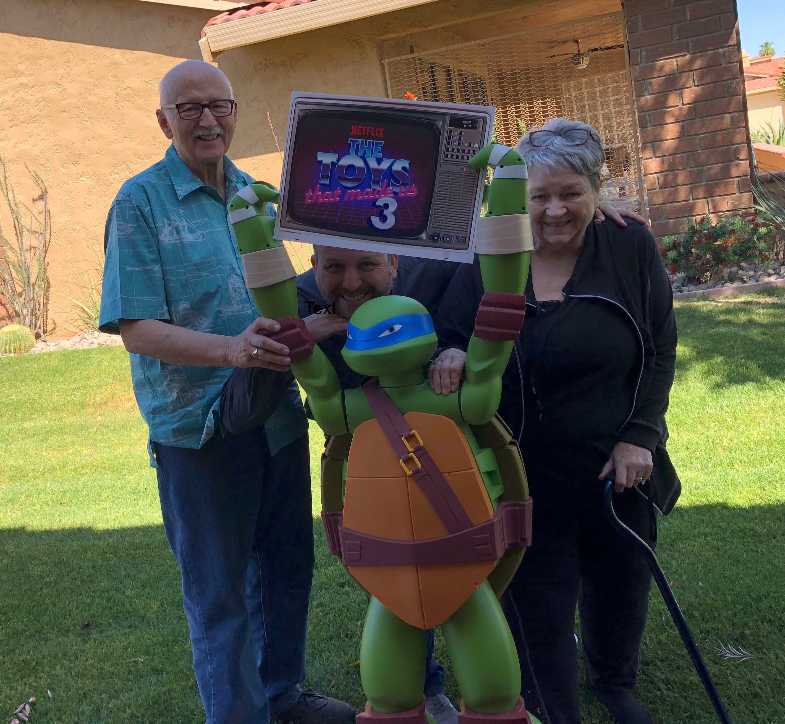
PEOPLE
A Legacy of Play: Inside the Carlson Family’s Multi-Generational Journey Through the Toy Industry
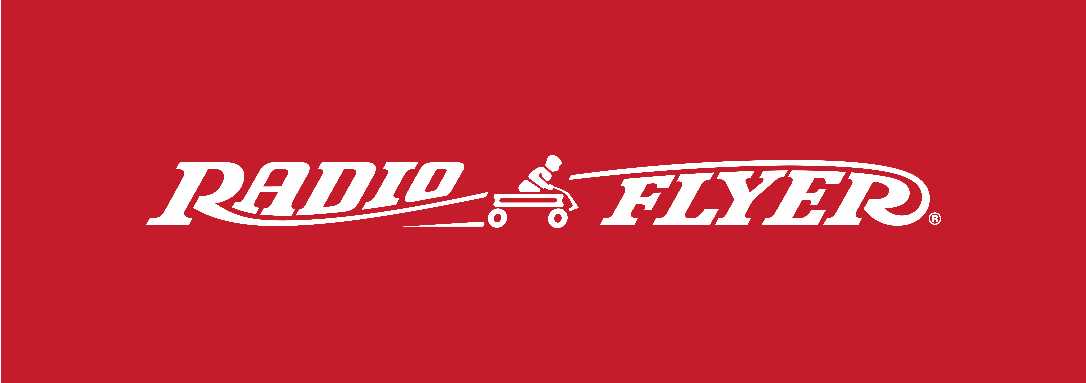
COMPANIES
Radio Flyer Studios Announces the Launch of its First Original Animated Series, Max & Maple: The Can-Do Kids
See more
POP's Got Talent
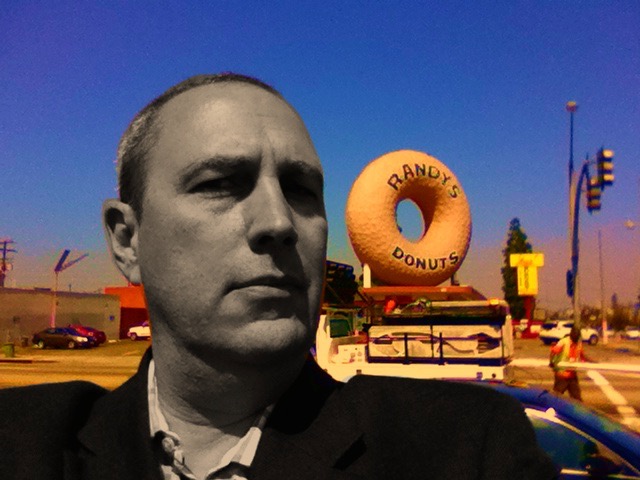
POP Entertainment
Randy Klimpert Shares his Ukulele Collection

POP Entertainment
Steve Casino Peanut Art

POP Entertainment
Everyone's Talking about POP!
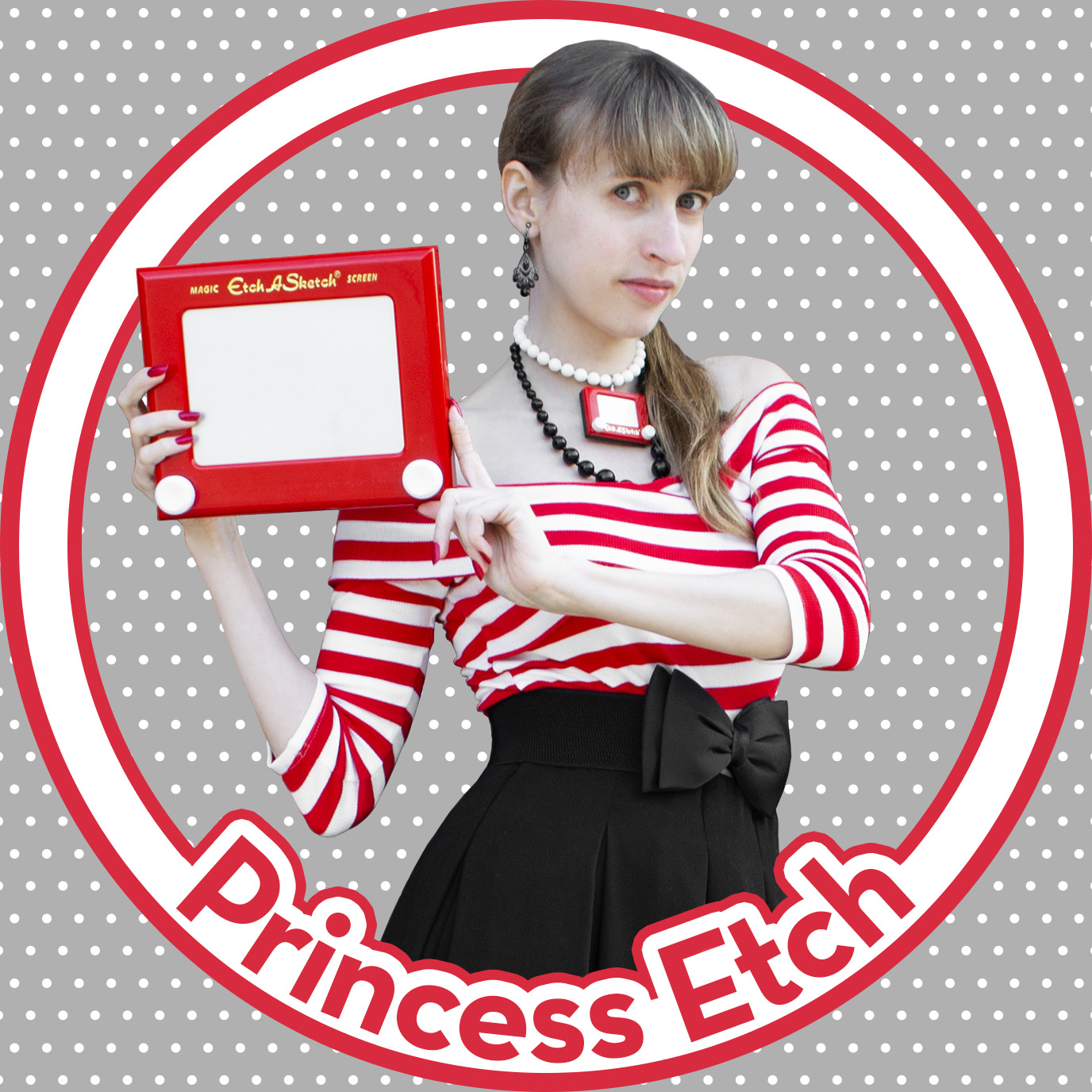
POP Entertainment
Princess Etch - a Multi-Talented Etch A Sketch Artist
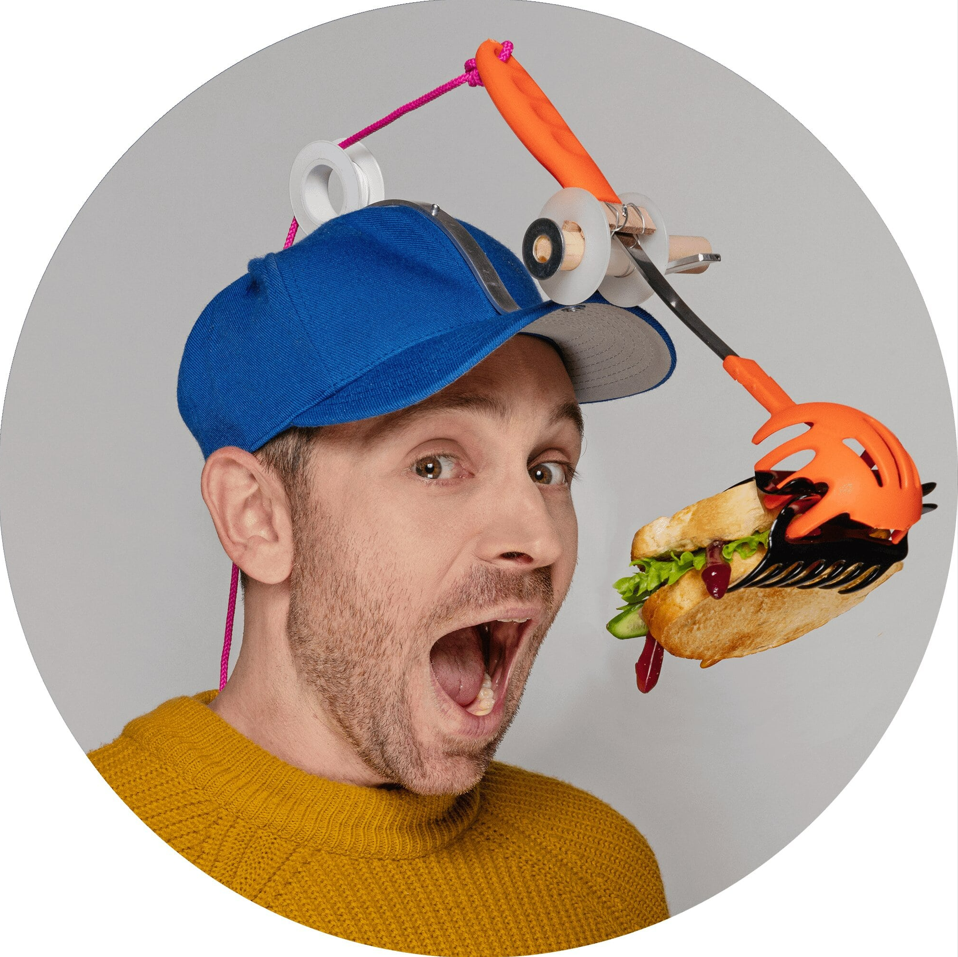
POP Entertainment
Joseph Herscher of Joseph' s Machines.
See more
Recent POPcast
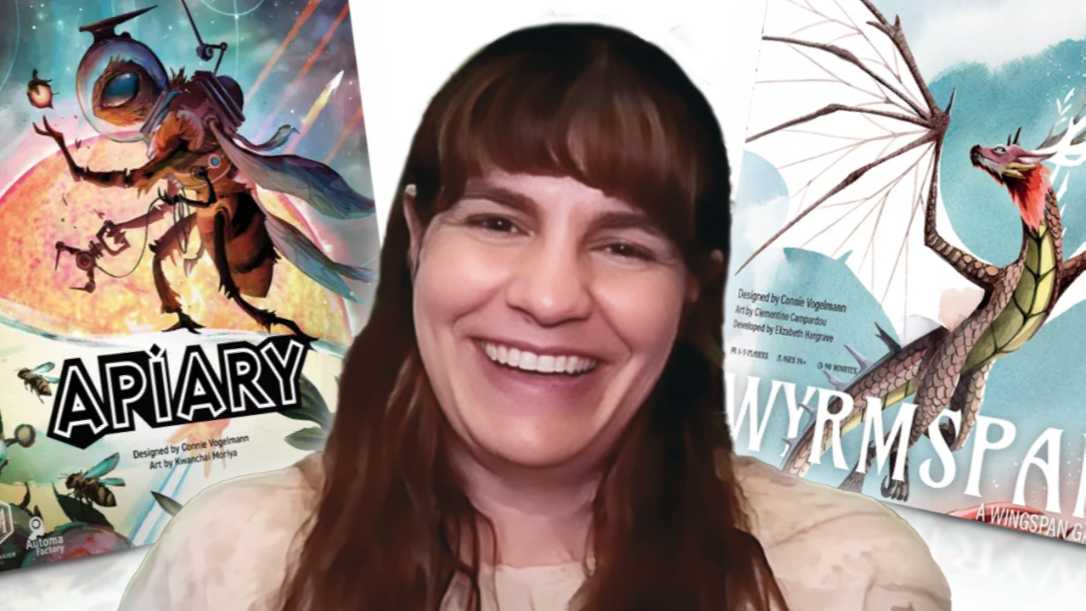
Hidden Role: The Brains Behind your Favorite Games
Connie Vogelmann designed Apiary & Wyrmspan!
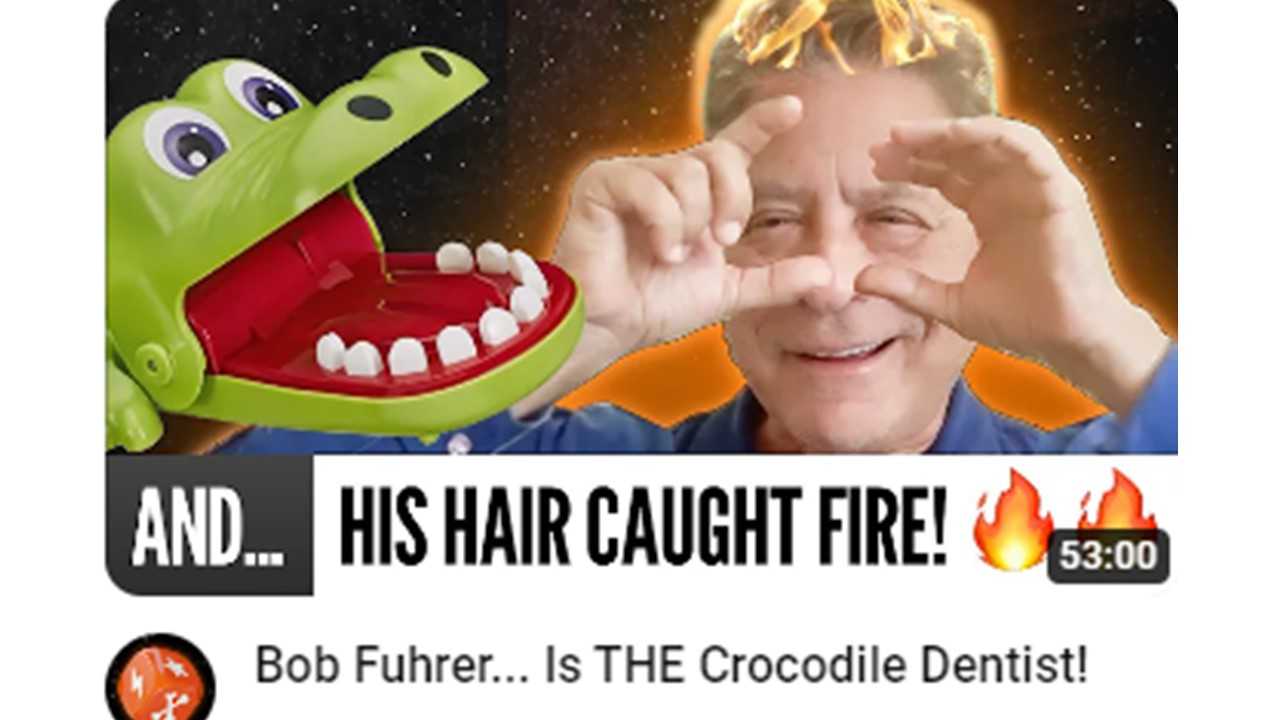
Hidden Role: The Brains Behind your Favorite Games
Bob Fuhrer... Is THE Crocodile Dentist!
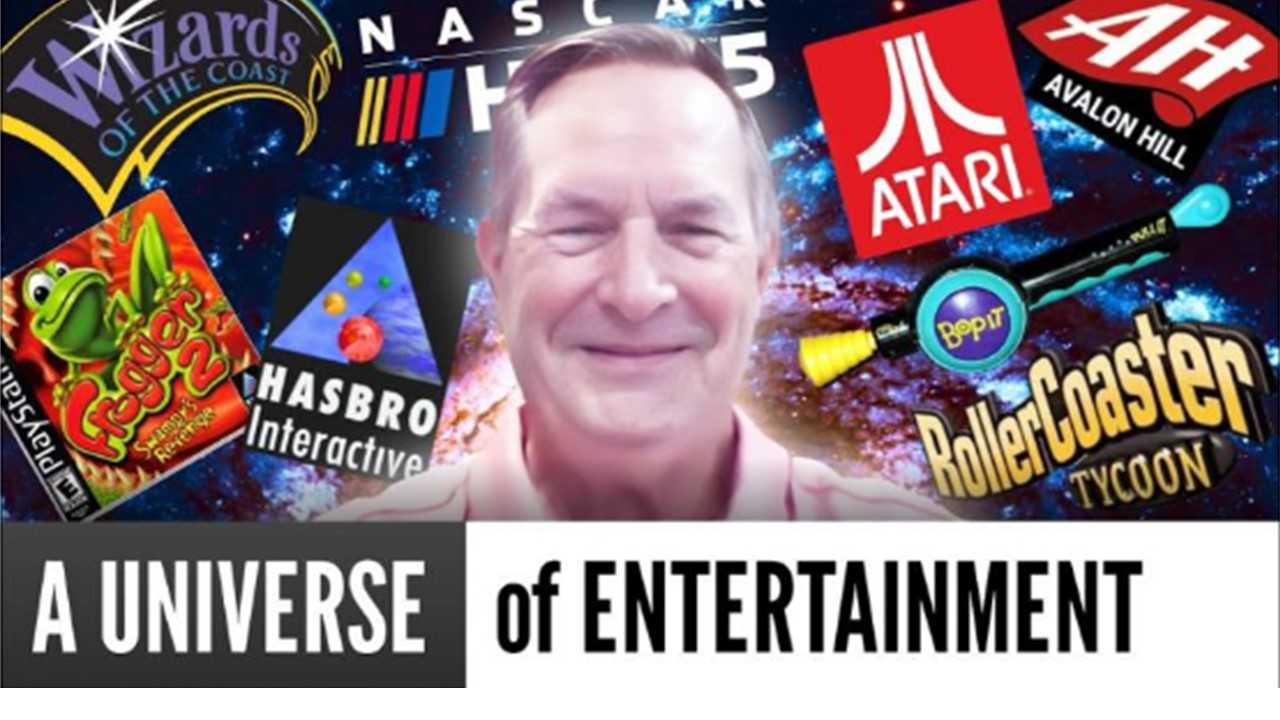
Hidden Role: The Brains Behind your Favorite Games
Tom Dusenberry... Bought Atari, Wizards of the Coast, and Avalon Hill!
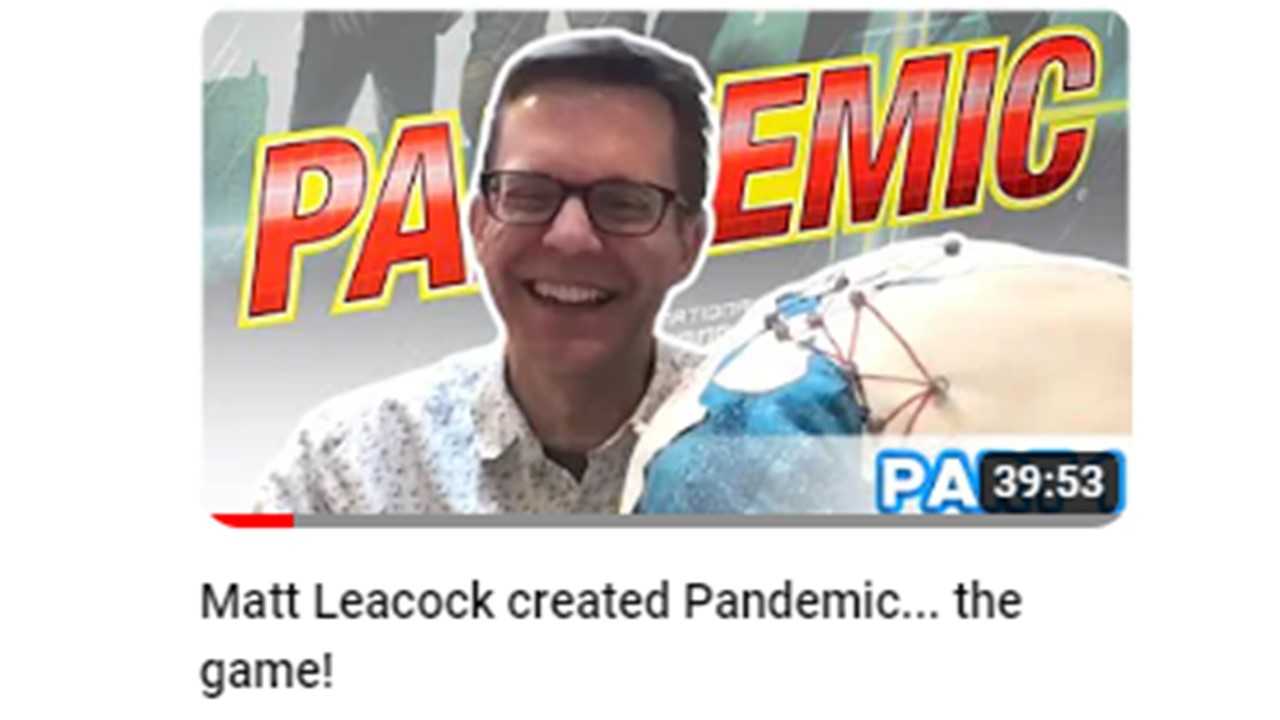
Hidden Role: The Brains Behind your Favorite Games
Matt Leacock created Pandemic... the game!

Hidden Role: The Brains Behind your Favorite Games
Scott Brown and Tim Swindle... are Launching a New Sport!
See more
POPDuos

POPDuos: Interviews with Legends and Leaders
POPDuo: Richard Dickson, Mattel’s President & COO, and Kedar Narayan, Young Inventor Challenge AMB

POPDuos: Interviews with Legends and Leaders
POPDuo: Will Shortz and Josh Wardle

POPDuos: Legends and Leaders Explore Creativity
POP Duo: Elan Lee, Co-Founder, Exploding Kittens.and Jeff Probst, Host and Exec Producer, Survivor

POPDuos: Legends and Leaders Explore Creativity
POP Duo: David Fuhrer, MNG Director, Blue Sq Innovations & Shawn Green, past Dodgers & Mets MLB Star

POPDuos: Legends and Leaders Explore Creativity
POP Duo: Bob Fuhrer, Founder, Nextoy and Tom Fazio, Golf Course Designer
See more
